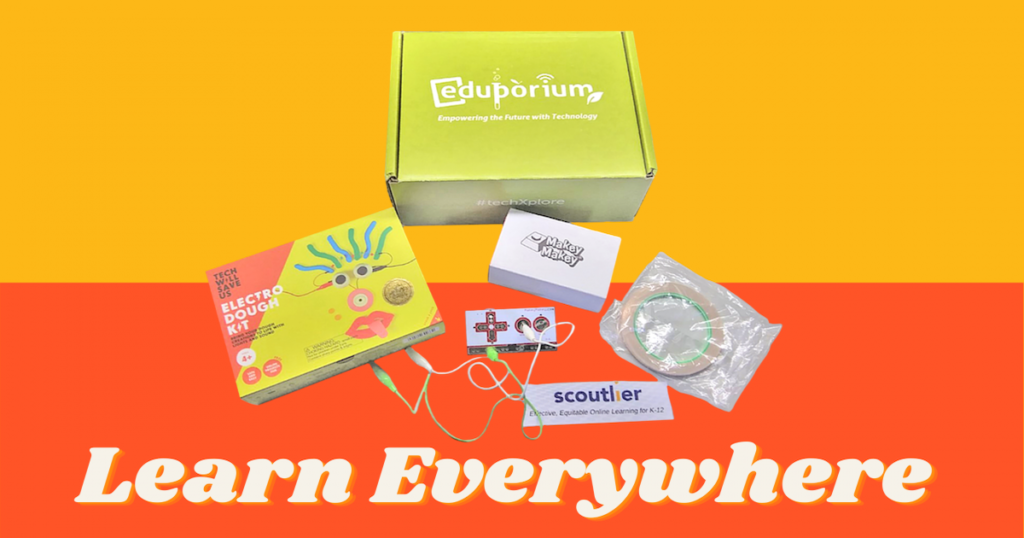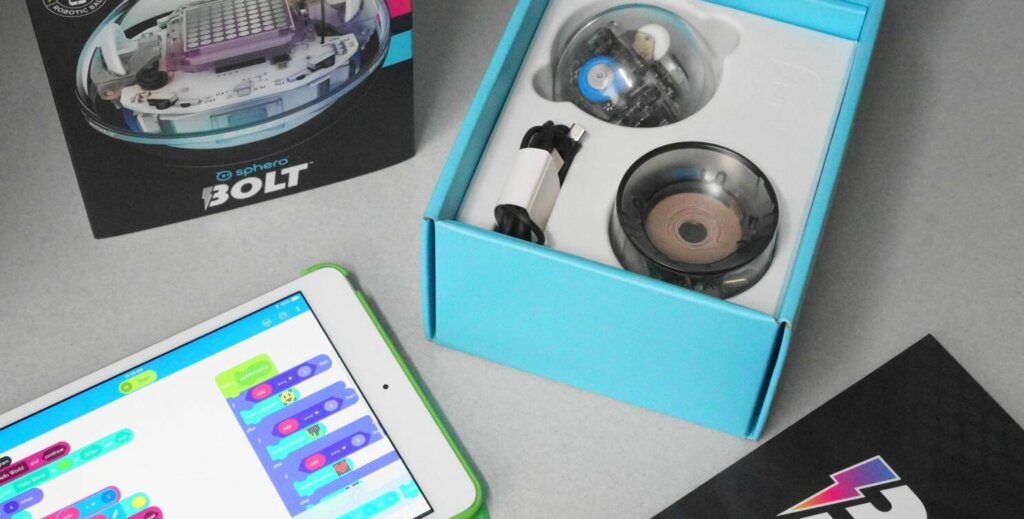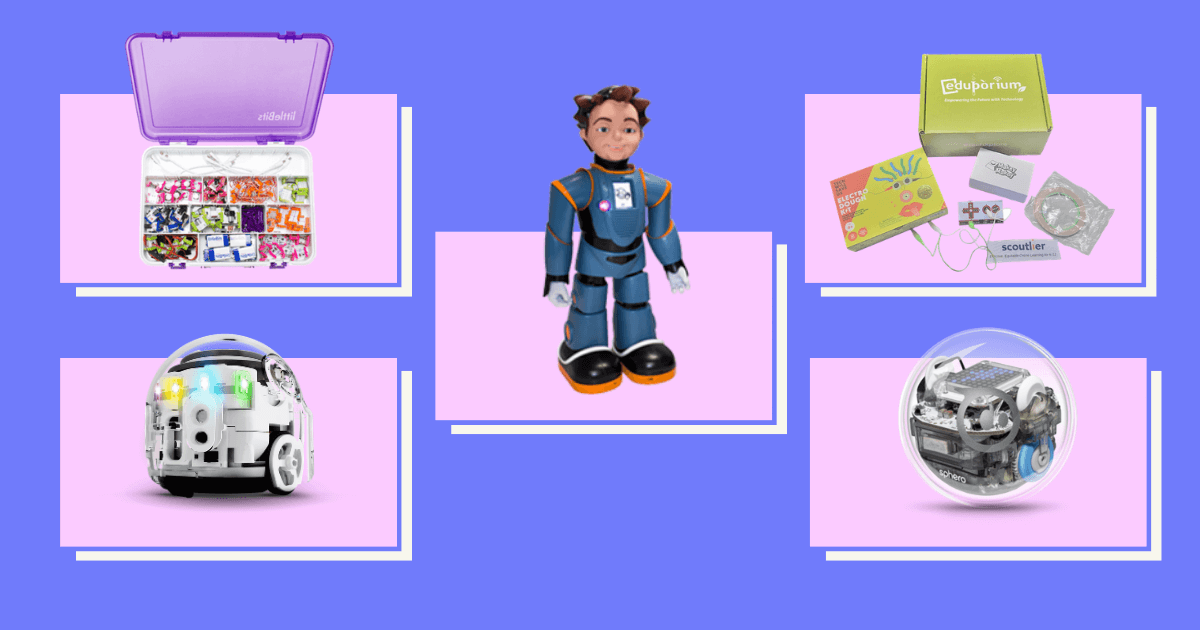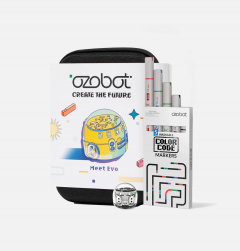Creating and maintaining social-emotional strength in students is one of the most challenging aspects of education. In the remote learning era, this challenge has both been amplified and much more necessary. Luckily, students still have the potential to use STEM tools to boost their overall social-emotional connections. It comes down to finding the right technologies and aligning those tools with accessibility and relevant projects. At the same time, other SEL tools are built more for the classroom and that’s okay, too. Here are a few of the best for combining SEL and STEM education.
RoboKind’s Milo
Let’s start with the most robust option on the list. The Milo robot from RoboKind is a very advanced facially-expressive robot. It helps educators, particularly in special education, establish relationships with children. It’s very effective at helping students with learning differences start to communicate and understand how to act in social settings. It would be tougher to incorporate in remote learning, but, for students still meeting with educators or therapists in person, it’s perfect for building a sound social-emotional foundation. Milo includes an in-depth and SEL-focused curriculum. It helps students see technology as a tool, encourages them to self-motivate, and assists them in expressing their emotions in a healthy way.

Learning: Everywhere Kit
This next SEL and STEM solution has been developed in part by the Eduporium team. The Learning: Everywhere Kit is composed of simple tech elements students can use to complete specific projects. It's designed to be paired with purposeful projects found within the Scoutlier platform, since they combine hands-on exploration with digital guidance. Since the projects are targeted for development in specific areas, assigning appropriate projects is easy. Ideally, they’d be using the kit at home or independently in the classroom and, as they experience what it’s like to use technology to drive meaningful solutions, they’ll hopefully boost both SEL and STEM confidence in the process.
Ozobot Evo
One of the most common STEAM tools for teaching students coding, the Ozobot Evo certainly has SEL connections as well. Since one of the most important aspects of social-emotional learning is setting and achieving goals, the Evo can help students get there. There are so many Ozobot Evo projects students can do in the classroom or at home. Some of them may be more complex and require students to break them down into more manageable chunks. This is a great way to manage both SEL and STEM. Besides that, the Ozobot Evo and its student-friendly lessons help them visualize problems and solutions, share their thoughts, and harness positive emotions in the process.

Sphero BOLT
Like the Ozobot, teaching coding with the BOLT is a fantastic way to introduce students to computer science. What they may not realize, however, is the relationship between CS education and SEL. When it comes to developing STEM skills for computer science, a lot of that has to do with student attitudes. Trying coding with the BOLT (and other Sphero robots as well) can help them learn key skills that would serve them well in the future. These include self-management, collaboration, communication and more that will help them from both an SEL and STEM perspective.
littleBits
Last, but not least, we have littleBits, which is a part of the Sphero family. Like the other EdTech tools we’ve mentioned, littleBits can certainly help students express emotions, create freely, and learn from mistakes. Since learning with littleBits involves both tinkering and coding, students are constantly able to see mistakes and address them in real time. Whether these mistakes are in their circuit construction or program build, they can truly start to see the value of productive failure in SEL and STEM education. Additionally, students can use littleBits kits individually or as part of a group. And, they’re just as viable at home as they are in the classroom.
To learn more about the relationship between SEL and STEM education, check out our thoughts on the role of MakerEd. If you’re returning to the classroom and wondering how STEAM tools can boost SEL, feel free to contact our team. And, as always, be sure to follow us on Twitter and Instagram for updates on all of the latest trends surrounding teaching and learning in the 21st century.




